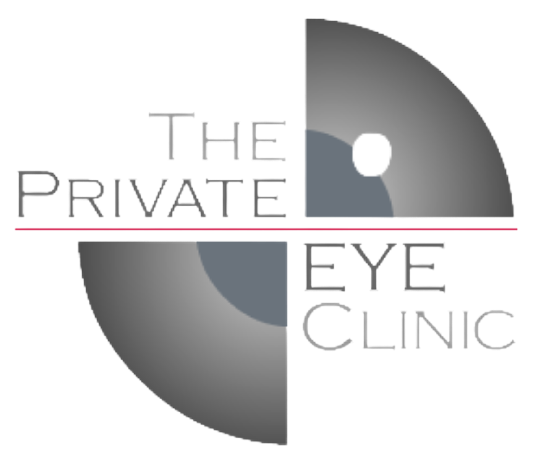
Phospholine Eye Drops
Phospholine eye drops have been used as part of the treatment of childhood strabismus for decades. They are used in 2 main circumstances:
To simulate the effect of glasses on a strabismus in a child who won't or probably won't wear them.
In a child older than 5 or 6, to see if we can get that child out of bifocals into single vision lenses or out of low strength glasses altogether.
You use the drops in the morning in both eyes for 1 or 2 weeks to start and are then re-examined.
-
Issues With Phospholine Use
1. If after the first check-up visit the drop is quite clearly successful and is to be continued, an extra drop called Phenylephrine 2.5% is added to be used once a week to both eyes to prevent a very rare complication of iris cysts that has been documented in a few patients using Phospholine long term. We will usually supply this drop for you because it is difficult to obtain from routine pharmacies.
2. Tiny babies may have reflux caused or made worse by this drop. If so, stop using it and tell the doctor.
3. In some patients this drop may cause headaches. If so, stop using it and tell the doctor.
4. In some children, temporary myopia (short-sightedness) can be induced.
5. A very uncommon potential problem with Phospholine is an interaction with an uncommonly used anaesthetic agent. If your child is to have a general anaesthetic within 3 months of using just one drop of Phospholine you must tell the anaesthetist that the child has been using this drop. An uncommonly used anaesthetic agent called "Suxamethonium" can interact with the Phospholine drop. Roughly one in a thousand "normal" people have the same reaction. It is never a serious or life threatening problem but is a nuisance to the anaesthetist and is easily avoided.
-
Current Status
It is difficult to obtain these eyedrops. We obtain them for you through the Special Access Scheme of the Health Department - it usually takes 3-4 days to do this. It is officially now an 'experimental' drug even though it has been available for decades in the past with an ordinary prescription.
-
Cost
The drops cost us $175 a bottle, and we pass that onto you. We make a one-off charge of $35 for the SAS paperwork.
-
Alternative to Phospholine
1. Pilocarpine Eye Drops - These are usually less effective but are sometimes worth trying because they are easy to obtain (and cheap).
2. Glasses.
3. Surgery.
